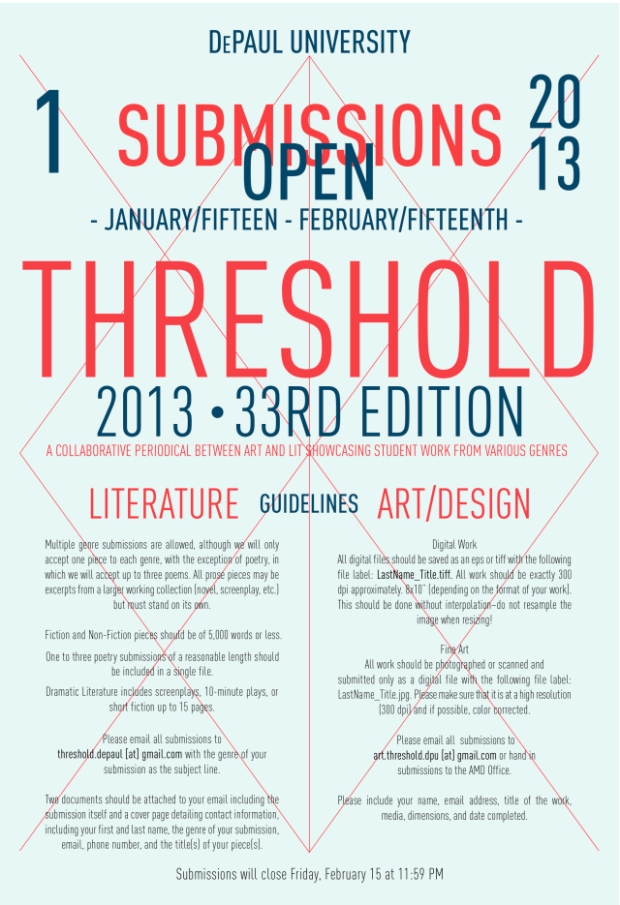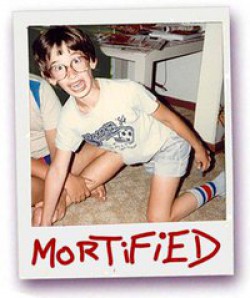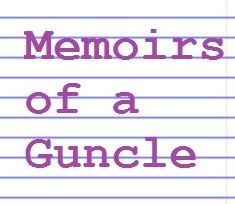The following was originally written in November 2012 for my coursework in DePaul University’s Master of Arts in Writing & Publishing program. Here, I examine literary editing, writing, and revision by way of The Cure’s 1989 album Disintegration. Enjoy.

Amongst a certain segment of the music-loving population, The Cure’s 1989 album Disintegration is one of the best albums ever recorded. I count myself as part of that population.
As I thought about the art of literary editing and revision, I wondered how I could glean lessons and reminders from a master work of art as I work on both my own art and the art of others. For writers, music is often a huge influence on mood, story, and evoking time and place, among other elements. Here, I draw inspiration from the album’s individual song titles and their content and the album’s overall mood and history. While it might be jarring to think of our work in these terms, doing so may give us the editorial distance we need to make it successful. Much like changing a story’s font to trick the brain into seeing things clearly again.
The following is an in-order track list. Don’t worry, I won’t include the B-sides.
Plainsong. The album begins on the quiet, subtle note of tinkling wind chimes, which ultimately sets the tone for the next seventy-plus minutes. For the first-time listener, the chimes might invoke a curious wonder; for long-time listeners, chills of anticipation. This minimalist beauty soon erupts into a keyboard-laden symphony set to a slow drum beat. Then finally, a single guitar guides us to the edge of the world where singer Robert Smith evokes images of rain, cold, and smiles.
The song is a brilliant beginning to the album, and the song itself could begin no other way. As writers, we all strive for the perfect sentence, image, or action with which to begin our stories, whether fiction or nonfiction. And then the perfect follow up. Plainsong offers an alternative to immediately banging the drums and hitting the guitar: striking minimalism opening into grand lushness. On the micro level, we can shape the words until our brains bleed. But in the bigger picture, our choice of beginning sets forth the entire structure of the piece: Is this a linear story? Or circular? Or plotted by short vignettes? The beginning also conveys tense and point of view.
In editing a current short story in progress, my original painstakingly crafted opening moment has found its way much further into the story, leaving me with a new beginning to finely comb over. If I keep changing my mind, at least I’ll have several well thought-out passages to make up the whole. I think of how if The Cure had decided on a different opening track might that have changed the entire album? How might our relationship with this song have changed? Valuable questions to ask as we edit our own and others’ work.
Pictures of You always reminds me of my friend Chris, the one who is thankfully to blame for my obsession with The Cure. He nudged me out of my Bon Jovi box all the way to buying me my first copy of Disintegration (on cassette) for my fifteenth birthday. When we had a brief falling out a few months later, I pined away listening to this song, thinking about the loss of a best friend. In other words, I pictured a person. A character. I see Chris as he was then, as he is now. The details of his various haircuts, the depth of his voice, the way he wanted to change his name to that of the deceased by suicide lead singer of Joy Division. I know the relationship he had with his mom before and after she died. I know the taste of his mom’s Jack Daniels that he convinced me to try.
I may write a short story or personal essay about Chris or about a part of Chris. Or inspired by Chris. I may use his name-change desire or not. Regardless, I’d have a pretty full picture to work with—something we need, even if we don’t use it all (and we never know what will come in handy.) On the macro level, we need to decide whether our characters are right for the story we want to tell and to make sure they are consistent, sufficiently motivated, and avoiding caricature or cliché. We also need to take care not to be blinded by the “real” person, especially in fiction—but also in writing nonfiction. A picture is only a single moment of a person anyway.
On the micro level, it’s helpful to think of the song’s video. The band set up palm trees in a snowy, rural part of England to make it look as if they were performing in a desert oasis in the middle of winter, thereby oddly juxtaposing different climates. While the idea was that on camera snow and sand can look the same, the band is still wearing heavy coats and throwing snowballs at each other and the crew. In choosing this premise, the band chose not to go the literal, sentimental story route. The song and video are an unlikely paring. As we shape our characters and character relationships, thinking about the jarringly juxtaposed details may open us up to many possibilities.
Closedown. Sometimes it’s best to just close down the literal or figurative laptop and walk away. There’s that feeling of staring at a first draft—something with an actual beginning, middle, and end—and feeling a sense of relief from accomplishing this milestone. But then you stare a moment too long, and the draft begins to mock you. You start to feel “out of step”(as Smith sings) with your story. Both you and the story suffer an identity crises, and you don’t know who you are or who you are to each other. The faults in the story become personal faults. Close that laptop!
I’ve already mentioned a couple ways to achieve objective distance: changing the font, and filtering your story through other works of art (as in this analysis.) But sometimes all we need is time. And we need to decide how much is right for us. Do we wait a day or two tops to keep the momentum going, or do we wait weeks or months to gain a fresh perspective? Both are valid. For me, when it comes to time, I tend to go the longer stretch approach. Though sometimes that’s more of a matter of my self-diagnosed “writerly ADD” than a precise decision. Deadlines (for class, for a show, etc.) are great because they don’t allow me too much time.
At the end of the song, Smith just wants to fill his heart with love. However much time we take, we owe it to ourselves to open the laptop back up—while in a good, physical, emotional place—and take advantage of the momentum and perspective we’ve gained.
Lovesong. A gift to Smith’s high school girlfriend and new bride, this song is The Cure’s biggest hit (reaching #2 in the US on the Billboard Hot 100 chart). But at the time, it was also derided by some “real” Cure fans (i.e. Chris) who perhaps were still digesting this new entry into the band’s discography. Within an overall atmospheric album, this song has the most pop sensibilities. In terms of the editing process, here I think of intention and audience. Asking ourselves what we want out of a story—what we’re trying to say, who we might be trying to reach, what kind of character or message we want to showcase—can help us solidify the piece. While Smith has written lyrics from different personas, this song is clearly and publicly him. His message of “I will always love you no matter what” is obvious—there’s no vague symbolism or obscure literary reference here. Perhaps that was the turn off for some fans. Yet it also helped attract new fans. Initially, music executives where scared of the perceived inaccessibility of the album. So Smith, having been in the business for a decade at this point, included this song perhaps as a way to appease any anxiety. About to turn 30, Smith wanted to create an enduring masterpiece by this milestone. Yet in this first decade of the Cure’s tenure, Smith was also known to say that if they ever had a #1 hit, he’d break up the band. Lovesong to me encapsulates all the things we need to “worry” about as artists. They’re all valuable, but to stay sane, we need to separate them into their respective times and places.
Last Dance. While Lovesong isn’t a dance-happy pop track, it’s still upbeat. The track that follows Last Dance, Lullaby, is a playful if terrifying single again incorporating more pop sensibilities. So here, the band transitions back into (and out of) atmospheric somberness both in the arrangement and the lyrics (a colder, flatter Christmas falling late being a central image.) With this song, I think about transitions—and with a title like this, endings too. The rambling guitar riff that drives the intro makes us subtly convulse in place before the bombast of the keys takes over. At the end of the song, Smith leaves us with the image of a girl standing alone as the music fades to three seconds of silence. In that audio equivalent to white space on a page, we are left deeply thinking about the girl’s place in the world before the pluck of the next song kicks in.
In the context of the album, the song is a chill palate cleanser between singles. We can take this song’s example as we transition between paragraphs, sections, chapters, or stories. What do we want to leave the reader with (even for just a moment)? What tone or mood to we want to establish or continue? How will the next section connect yet be different?
Lullaby. Lyrically story based, this “lullaby” tells tale of a spider-man about to eat the narrator for dinner. “Rock-a-bye Baby” turned horror story. This song makes me think of language. The song juxtaposes opposing images, giving us a new way to think about lullabies and nightmares. The song’s images induce us to be creative in how we render in words our own images we seek to create in our readers’ imaginations. We should look for ways to get the most mileage from the relationship between our images and to maximize its subtext. Whether by making sense out of an unlikely pairing (such as my mother’s death and an early ‘90s power ballad), or by using multiple meanings of a word at once (in an essay about playing with toy guns, I used the word legends to refer to stories while nodding to its cartographic meaning and alluding to an R.E.M. song.)
Editing language also means freshening up clichés and other hyperbolic language and replacing any vague or overused adjectives and adverbs—or by taking familiar language and turning it on its head. In Lullaby, Smith whispers the opening line to Mary Howitt’s well known cautionary poem from 1829, “The Spider and the Fly.” Editing language makes sure that it properly conveys the action to your reader, both in logistics and intended effect. Thinking in terms of song lyrics, we can be inspired to give our stories in our prose the focus inherent in the lyrical form. And given the horrific nature of the song’s story, we can think about the brutal but freeing act of “killing our darlings” in order to make our language and overall stories as clear as possible.
Fascination Street. For this song, the band was inspired by the mood and spirit of Bourbon Street in New Orleans. Lyrically, the song features a couple in reckless abandonment, cutting real conversation and not worrying about what they do or say. The song’s stand-out bass line literally pounds us into this underworld, and the guitar and keys create a psychedelic atmosphere where flashes of color blur in front of us through the smoke.
This song in particular makes me think of setting. As we edit, are there moments where the characters feel like they’re lost in space? Or was there a jarring transition from one place to another that yanks us out of the story? Do the details relate to the characters or create appropriate mood? If we’re basing setting on a real place, has the clear picture in our heads fully translated to the page for the readers who have never been to, say, our grandparents’ house? Are the traffic logistics of your street that are so central to your story rendered clearly for the reader? And how can we break away from the “real” place in a work of fiction? Handing over our stories to others will reveal any vacuous and inconsistent sections. Likewise, as we edit others’ work, their success and pitfalls are clear to us. How can we learn from them?
The specifics of time and place in our setting are ways of establishing character, mood, social milieu and everything else. How can we mix the Detroit of the 1980s with the universal? How can music inspire us to create our settings, whether with references to actual songs or with riffing on the stories and settings of particular songs and albums? My first Cure purchase was the Fascination Street cassette single, summer 1989, with Chris, at a Detroit suburban mall. And…go!
(more…)






